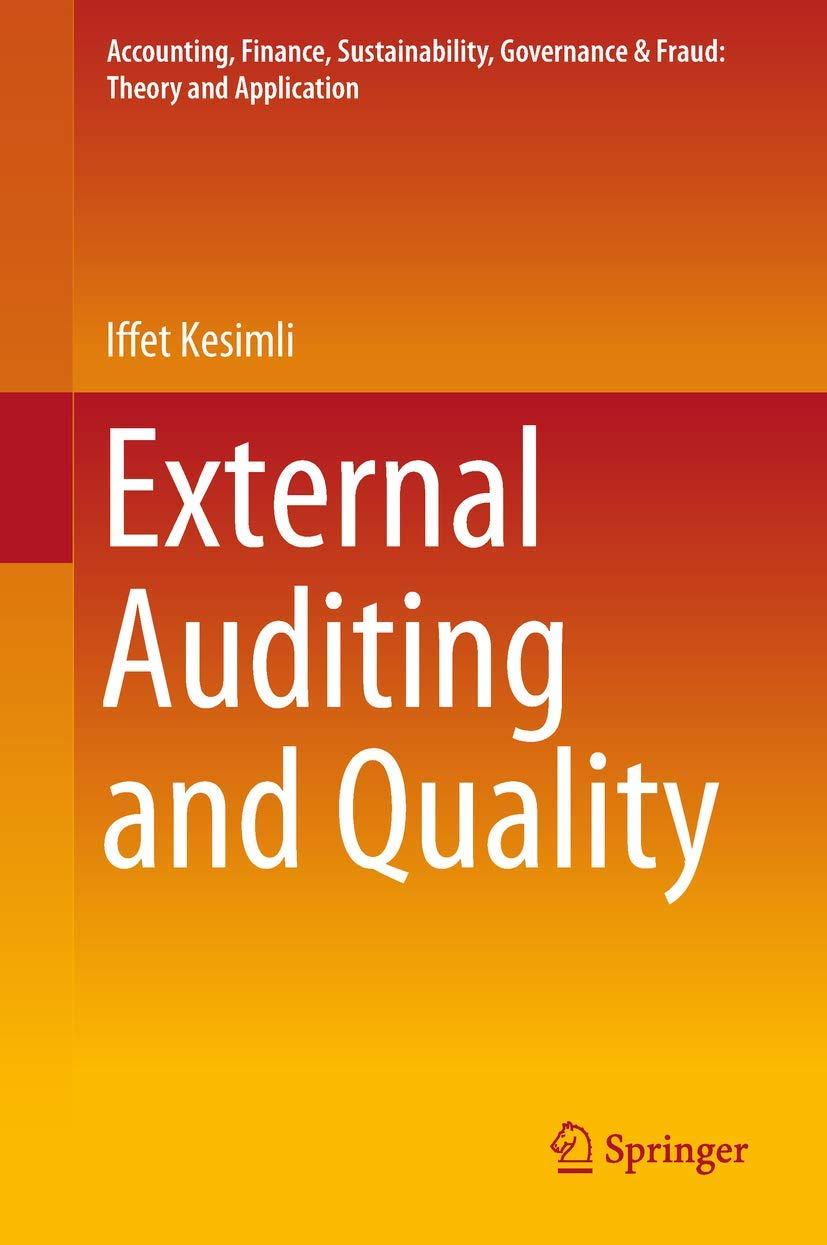Question
Financial Versus Activity Flexible Budgeting Kelly Gray, production manager, was upset with the latest performance report, which indicated that she was $100,000 over budget. Given
Financial Versus Activity Flexible Budgeting
Kelly Gray, production manager, was upset with the latest performance report, which indicated that she was $100,000 over budget. Given the efforts that she and her workers had made, she was confident that they had met or beat the budget. Now, she was not only upset but also genuinely puzzled over the results. Three itemsdirect labor, power, and setupswere over budget. The actual costs for these three items follow:
| Actual Costs | |
|---|---|
| Direct labor | $206,650 |
| Power | 126,170 |
| Setups | 139,888 |
| Total | $472,708 |
Kelly knew that her operation had produced more units than originally had been budgeted, so more power and labor had naturally been used. She also knew that the uncertainty in scheduling had led to more setups than planned. When she pointed this out to John Huang, the controller, he assured her that the budgeted costs had been adjusted for the increase in productive activity. Curious, Kelly questioned John about the methods used to make the adjustment.
JOHN: If the actual level of activity differs from the original planned level, we adjust the budget by using budget formulasformulas that allow us to predict what the costs will be for different levels of activity.
KELLY: The approach sounds reasonable. However, I'm sure something is wrong here. Tell me exactly how you adjusted the costs of labor, power, and setups.
JOHN: First, we obtain formulas for the individual items in the budget by using the method of least squares. We assume that cost variations can be explained by variations in productive activity where activity is measured by direct labor hours. Here is a list of the cost formulas for the three items you mentioned. The variable X is the number of direct labor hours:
| Labor cost | = | $10X |
| Power cost | = | $5,400 + $4.1X |
| Setup cost | = | $100,300 |
KELLY: I think I see the problem. Power costs don't have a lot to do with direct labor hours. They have more to do with machine hours. As production increases, machine hours increase more rapidly than direct labor hours. Also,
JOHN: You know, you have a point. The coefficient of determination for power cost is only about 50 percent. That leaves a lot of unexplained cost variation. The coefficient for labor, however, is much betterit explains about 96 percent of the cost variation. Setup costs, of course, are fixed.
KELLY: Well, as I was about to say, setup costs also have very little to do with direct labor hours. And I might add that they certainly are not fixedat least not all of them. We had to do more setups than our original plan called for because of the scheduling changes. And we have to pay our people when they work extra hours. It seems as if we are always paying overtime. I wonder if we simply do not have enough people for the setup activity. Supplies are used for each setup, and these are not cheap. Did you build these extra costs of increased setup activity into your budget?
JOHN: No, we assumed that setup costs were fixed. I see now that some of them could vary as the number of setups increases. Kelly, let me see if I can develop some cost formulas based on better explanatory variables. I'll get back with you in a few days.
Assume that after a few days' work, John developed the following cost formulas, all with a coefficient of determination greater than 90 percent:
| Labor cost | = | $10X; where X = Direct labor hours |
| Power cost | = | $68,700 + 0.80Y; where Y = Machine hours |
| Setup cost | = | $98,340 + $401Z; where Z = Number of setups |
The actual measures of each of the activity drivers are as follows:
| Direct labor hours | 19,700 |
| Machine hours | 89,500 |
| Number of setups | 108 |
Required:
1. Prepare a performance report for direct labor, power, and setups using the direct-labor-based formulas.
| Performance Report | ||||
| Actual Costs | Budgeted Costs | Budget Variance | Favorable (F) or Unfavorable (U) | |
| Direct labor | $206650 | $197000 | $9650 | Unfavorable |
| Power | 126170 | 86170 | 40000 | Unfavorable |
| Setups | 139888 | 100300 | 39588 | Unfavorable |
| Total | $472708 | $383470 | $89238 | Unfavorable |
Prepare a performance report for direct labor, power, and setups using the multiple cost driver formulas that John developed.
| Performance Report | ||||||||
| Actual Costs | Budgeted Costs | Budget Variance | Favorable (F) or Unfavorable (U) | |||||
| Direct labor | $206650 | $197000 | $9650 | Unfavorable | ||||
| Power | 126170 | ? |
| Favorable | ||||
| Setups | 139888 |
|
| Favorable | ||||
| Total | $472708 | $
| $
| Favorable | ||||
Step by Step Solution
There are 3 Steps involved in it
Step: 1

Get Instant Access to Expert-Tailored Solutions
See step-by-step solutions with expert insights and AI powered tools for academic success
Step: 2

Step: 3

Ace Your Homework with AI
Get the answers you need in no time with our AI-driven, step-by-step assistance
Get Started


